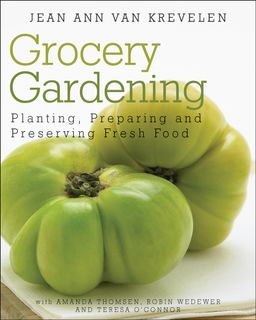 |
| Books in the garden. Photo by spakattacks on Flickr |
After visiting Seattle, Toronto, Philadelphia and Nova Scotia, this multi-part series has landed in Nevada City, California to hear more about how great garden books inspire writers.
Charlotte Germane gardens in California, but it's not all tender succulents for her. In fact, her garden in Nevada City has four seasons and snow in Zone 7b. In this scenic area, Charlotte says her plant choices are limited by two requirements: "deer-resistance and drought-tolerance."
When she's not gardening, she's blogging for Dirt du jour: Northern California and Daffodil Planter. Or tweeting as @DaffodilPlanter.
One of Charlotte's favorite garden books is based on a love that started when she was a 22-year-old transplant to Washington, D.C.
Charlotte first became a fan of Henry Mitchell's writing after reading his Earthman garden columns in The Washington Post religiously each Sunday. "After a few readings he convinced me I would never find happiness in life unless I had a water lily pool, some climbing roses, and a grapevine."
Charlotte admits, "I have none of those things today (they'd be favorites of my neighbors, the mule deer), but I re-read his collected columns every winter."
 |
| Courtesy of David Neumeyer |
In his writing, the author called tall bearded irises, "princes of the vegetable kingdom," explains Charlotte. "Well, he's my king."
Another one of Charlotte's favorite books comes from another gardening role model ... this time from the world of fashion.
Dirt: The Lowdown on Growing a Garden With Style by Dianne Benson
 |
| Courtesy of Dianne B. |
Dianne B. was "a big name in fashion and her well-developed taste shines through," she says. "Of course, a fashion maven had to include a chapter on what to wear while gardening."
According to Charlotte, this book is "worth the price just for the detailed plant lists."
See Dianne B's garden.
Now that spring is approaching, it's time to get outside and get planting. Look for more gardening-related tips soon.































